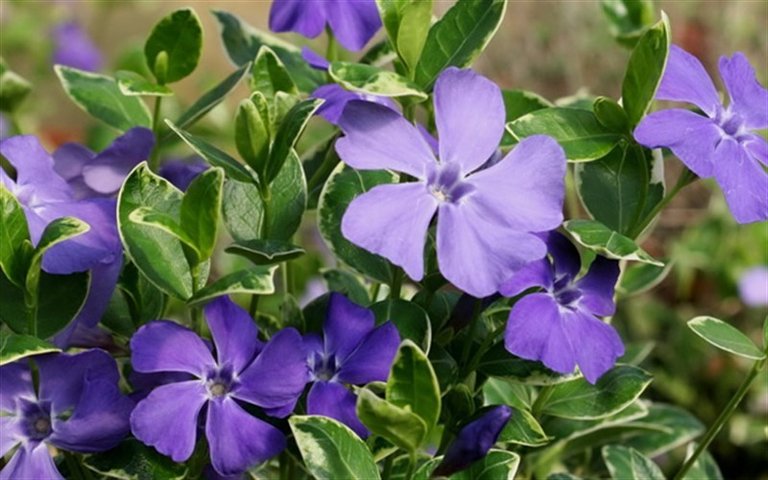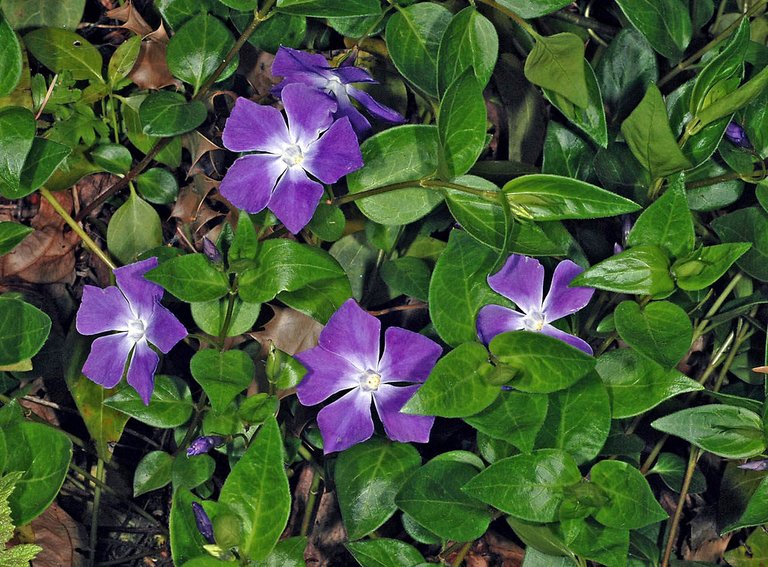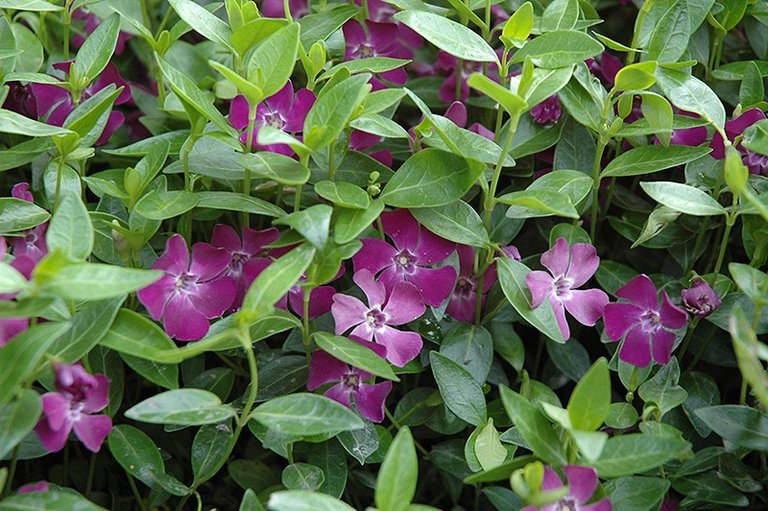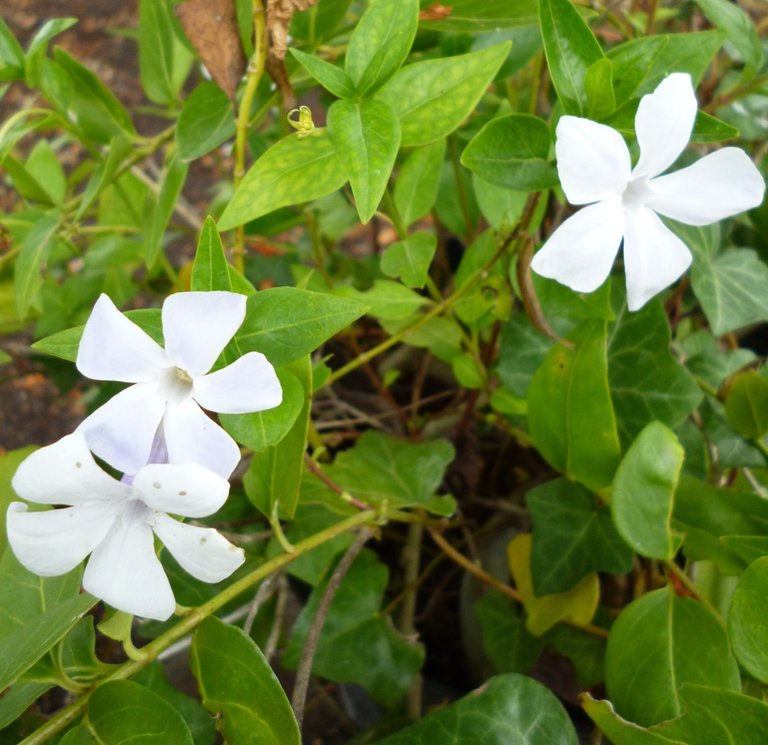Vincas don't like cold weather, so wait to plant yours until on or after May 1. It's tempting to rush these charmers into the ground, so you can enjoy them, but one cold night is all it takes to damage the plants. When you do plant them, choose a location where they can enjoy full sun to part shade. Vincas are fans of acidic soil, and their ideal soil pH level is around 5.5. Vincas survive droughts well but don't like wet soil, so give them a home in loamy or sandy soil that drains well. Space your plants 10 to 12 inches apart to promote airflow and minimize the risk of fungus. Mulch the plants lightly if desired.
If you want a pop of color that lasts from spring all the way to the fall, annual vinca (Catharanthus roseus) is the plant for you. Another name for vinca is periwinkle, but don't let the name fool you. These vibrant flowers come in red, apricot, purple, pink and other hues. Some varieties even produce flowers with one color petal and a different color center for a two-toned effect. Do be careful, however, if you live in a warm climate. While vinca grows as an annual in most of the United States, it's a perennial in the plant hardiness zones 10 and 11. When growing in this region, confine your vinca to a pot or plant it in an area where you won't mind it coming back. Vincas tolerate dry conditions and are resistant to deer and bunnies, so you won't have to worry about the local wildlife munching on your garden plants.




